Quick Workspace Browser redirects virus changes your browser homepage to find.searchu.co. It is a fake search provider distributed via questionable methods. These kinds of apps fall under the category of Potentially Unwanted Applications (PUA).
Once inside your computer, Quick Workspace can create various problems including exposing your system security and privacy. Its removal process could be quite a handful. It tends to keep coming back after the removal which is very annoying. This guide is aimed to help victims to get rid of this dubious threat easily.
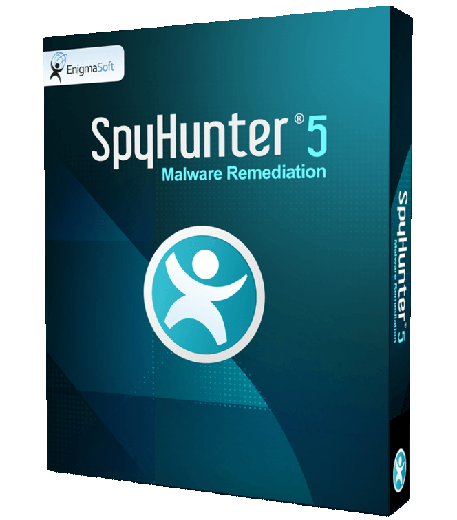
Threats like Quick Workspace keep getting back on the PC if all associated files are not removed. So you are advised to use a powerful Malware Removal Tool to run a thorough scan of your PC and delete all threats at once.
Compatible with: Windows 11/10/8/7 (32 Bit and 64 Bit)
What is Quick Workspace
Quick Workspace is a dangerous computer infection categorized as a browser hijacker infection. This threat could also be called a potentially unwanted program (PUP) because it can get on your PC without permission. Users normally don’t have any use for this program and it does not provide any real value. Quick Workspace is mainly used by cybercrooks to manipulate users’ online activities and show unwanted ads to generate revenue. This dubious threat is really a sneaky malware that causes lots of problems on infected PCs.
Once Quick Workspace virus intrudes on your computer, it assigns a fake search engine to your browser and also changes the default homepage. Whenever you open your browser, a new tab will get opened automatically. This new URL will show lots of sponsored search results and third-party ads that redirect your browser to unreliable websites. Quick Workspace virus can alter any Windows PC and it mainly targets most used browsers like Chrome, Firefox, Safari, IE, Edge, and others.
Browser hijackers can cause major damage
Threats like Quick Workspace virus can be very dangerous and cause serious damage to the infected computers. Many people might consider it a low threat but it sure can bring seriously harmful malware to your PC. The main work of browser-centric viruses is to forcibly redirect the browser to malicious and suspicious websites. Quick Workspace virus mainly wants to boost traffic for its partners’ sites to earn a commission. Those sites may carry malicious scripts that can easily infect the computer after redirection and drop malicious threats. Therefore, it is very important you keep track of any slightest change in browser settings and notice frequent redirection and unwanted ads.

Additionally, Quick Workspace virus displays endless advertisements like pop-ups, banners, offers, push notifications, surveys, and similar ads. This free flow of promotional content has only the purpose of redirecting web traffic to low-quality sites to generate illegal revenue. Quick Workspace may be advertised and promoted as a browsing enhancement tool, but it surely does the opposite of what it promises. It can deteriorate your web browsing experience and also create a load on your browser causing it to freeze and further slow down your PC. What’s more, clicking on malicious ad campaigns can also trigger the download and installation of malware automatically.
Distribution of Quick Workspace browser hijacker
It is an intrusive malware that does not need the users’ permission to get on the targeted PC. It can easily get added to your browser as an extension. Quick Workspace can reach your system when you download a freeware program as a software bundle. Many creators add third-party programs to their free software to earn some extra money by providing free stuff. Clicking on malicious pop-up ads causes browser redirection on suspicious websites that can drop this threat on your PC. Downloading cracked or pirated software can also bring Quick Workspace virus to your computer. These types of programs are cracked using Trojan viruses which can be used to drop malware on a targeted PC.
Harms a browser hijacker can do to your PC
Even though it may look suspicious at first look but can seriously harm your PC. Being a browser hijacker, it can easily access all the important details of users without their permission. Quick Workspace can track your online activities, browsing history, and cookies. It can collect login IDs, passwords, geolocation, IP addresses, and other personal data. These details could be further used to show personalized ads and can be also sold online to cybercriminals to use in illegal activities. Quick Workspace virus can bring other threats and malware to your system without your permission. Your computer will soon become very sluggish and your privacy will be at risk. You can get cheated or you might become a victim of online fraud.
Quick Workspace: Threat Analysis
| Name | Quick Workspace |
| Type | Browser Hijacker |
| Threat Level | High (source to distribute other harmful threats). |
| Symptoms | Users can experience lots of pop-up ads, push notifications, and forced browser redirection. |
| Distribution | It could be distributed through spam emails, bundled freeware, porn, or torrent sites. |
| Damage | It can modify browsers, show unwanted Ads, steal personal info, and bring other threats. |
| Removal | Download SpyHunter 5 Anti-Malware |
How to avoid malware intrusion
Well, it is actually not rocket science to stop malware from infecting your system. If you follow some simple steps, it is fairly easy to detect the infection and stop it beforehand. Usually, threats like Quick Workspace spread through software bundles and you can avoid them by choosing the Custom or Advanced installation process. In simple words, when you download any freeware check it for added bundles before installing. Also, scan all your email attachments before opening them because spam emails are one of the most used methods of malware spreading.
You are also advised to use a good antivirus program and scan your computer regularly for threats like Quick Workspace. Never download pirated software or freeware programs from malicious sources. Keep all your software and Windows updated. Only download updates from official websites and avoid fake software updates. Check your browser for unknown extensions in case of excessive ads and forced redirection.
Stop Quick Workspace from causing major damage
Unfortunately, Quick Workspace is a stubborn malware infection and its removal can be complicated. It has a tendency to create lots of files and strings on the infected PC that help this threat to get back after removal. It is quite important to remove all the associated files, extensions, and registry entries and reset all the changes it has made to your browser and computer settings.
This process can be hectic, confusing, and time-consuming, so using a powerful Malware Removal Tool can be a good option to delete this threat automatically at once. However, we have created a guide with step-by-step instructions that you can follow to get rid of Quick Workspace virus. You can combine the Manual and Automatic processes for the best results.
How To Remove Quick Workspace
Follow this guide carefully to remove this virus completely from your system. Below you can find step-by-step instructions on how to effectively get rid of this nasty threat easily. Removal of threats like Quick Workspace Virus is never easy, so we have simplified the process for you in several small steps.
Quick Summary of Removal Instructions:
- Automatic Quick Workspace Removal Guide
- Manual Quick Workspace Removal Guide
- Start PC in Safe Mode With Networking
- Kill Malicious Process From Task Manager
- Uninstall Virus From Windows Control Panel
- Remove Virus From Windows Registry Editor
- Remove Quick Workspace From Browser
- Prevent Quick Workspace Virus in Future
Please Bookmark This Page by pressing the {ctrl+D} button or print it out on paper before you start the removal process because you may need to restart your PC or browser.
Automatic Quick Workspace Removal Guide
It can be hectic to remove threats from an infected PC but the use of powerful Anti-Malware can make it quite easy. SpyHunter anti-malware can help you to remove Trojan, Ransomware, Spyware, Adware, PUPs, etc. easily. You can scan your system for Quick Workspace virus, and all other hidden threats at once. All you need to do is to download this software and run a new scan on your PC.
It will find all the threats and viruses in no time and save you lots of time and effort. This amazing software also provides 24X7 customer support and one-on-one Spyware HelpDesk support for Custom Malware removal. Advanced System Guard feature detects and removes threats in real time. It has a very User-Friendly Interface and regular Malware definition updates make it most effective against the latest attacks.
How SpyHunter 5 Anti-Malware Works
- You will begin by downloading the software on your system for which you have to click on the below download button.
Geek’s Recommendation
Threats like Quick Workspace keep getting back on the machine if all associated files are not removed. So you are advised to use a powerful Malware Removal Tool to run a thorough scan of your PC and delete all threats at once.
SpyHunter 5 Anti-Malware offers a 7-day fully-functional Free Trial. Credit card required, NO charge upfront. No charge if you cancel up to two business days before the trial period ends. Read SpyHunter 5 Review, and Free SpyHunter Remover details.
- Once the software has been downloaded, double-click on SpyHunter-Installer.exe to install the Anti-Malware program on your PC and proceed with the setup.

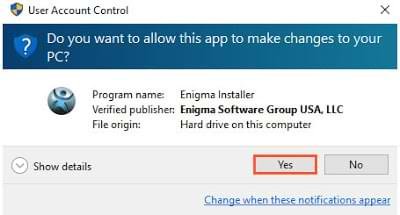
- After installation, you will need to launch the Anti-Malware application. From the welcome screen click on the Start Scan Now button to initiate a new scan of your PC.
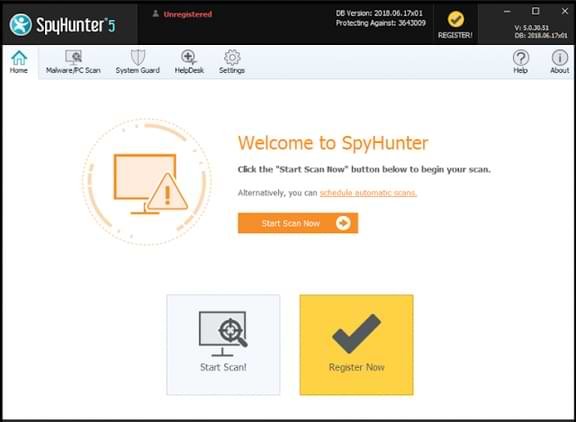
- Once the scanning process begins, it will take some time to run a thorough diagnostic of your PC and find all hidden threats and malware.
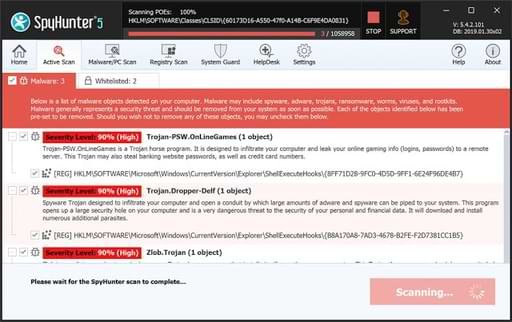
- Soon you will find a complete list of all the threats on your system screen. Then you will need to click on the Next button to delete all the viruses.
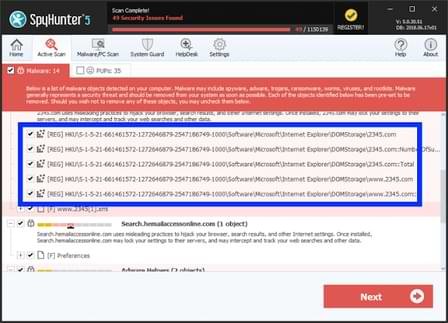
Manual Quick Workspace Removal Guide
Attention! For the safety of your system, please confirm a few things before you begin manual removal:
- You have done this before, which means you have experience in removing the virus manually;
- That you know your way around PC and all necessary processes and applications;
- You know about Registry entry and the Serious repercussions of any mistake;
- Make sure you can reverse any mistake made during virus removal.
If you don’t attain any of the above standards, then manual removal could be a very risky idea. It is most likely best for you to use the SpyHunter 5 Anti-Malware which is totally secure and efficient method.
SpyHunter 5 Anti-Malware offers a 7-day fully-functional Free Trial. Credit card required, NO charge upfront. No charge if you cancel up to two business days before the trial period ends. Read SpyHunter 5 Review, and Free SpyHunter Remover details.
Start PC in safe mode with networking
- Click on the Windows and R keys together on your keyboard to open the Windows Run Box.
- Now you will need to type in MSConfig and then click the OK button.
- The System configuration settings box will appear on your computer screen.
- Click on the Boot tab, check the Safe Boot option, and select the network box,
- Finally, you will have to click on Apply and then press the OK button.
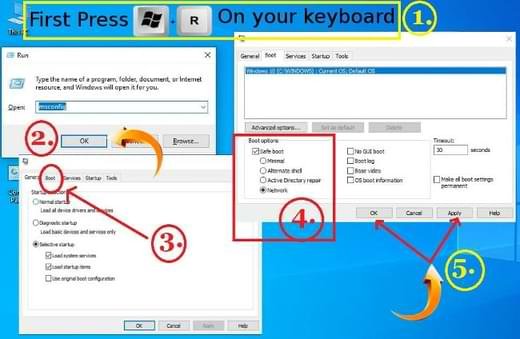
Kill Malicious Process From Task Manager
- Open the Windows Rub box again on your PC by pressing the Windows and R keys together on your keyboard.
- This time you will have to type in taskmgr and then click the OK button to open Windows Task Manager. Look for any unknown or malicious running on your system.
- Select the process which is taking lots of systems resources and then click on the End Task button.
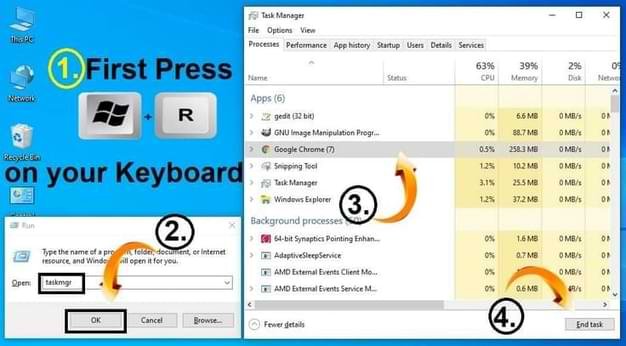
Uninstall Quick Workspace from Control Panel
- Again you will need to open the Windows Run Box, so press the Windows and R keys together.
- This time you need to open the Windows Control Panel, so type in appwiz.cpl and then click the OK button.
- Programs and Features windows will appear on your computer screen with a list of all the installed applications.
- Now you need to look for any unknown or Quick Workspace virus related program and then Uninstall it from your PC.
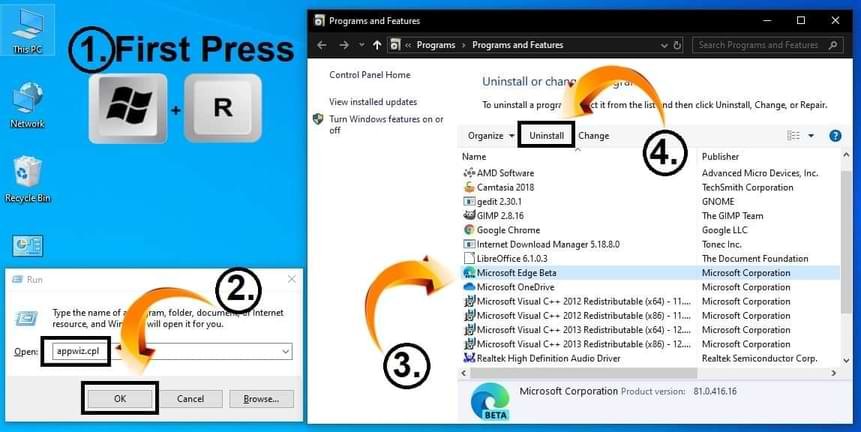
Remove Quick Workspace From Registry Editor
- Again open the Windows Run Box on your PC by using the Windows and R keys.
- To open the Windows Registry Editor, type in Regedit and click the OK button.
- Now you will have to find the virus related registry files and remove them.
- Press CTRL and F keys together on the keyboard to start a Find query.
- Type Quick Workspace and click on Find Next button to find malicious entries and delete them.
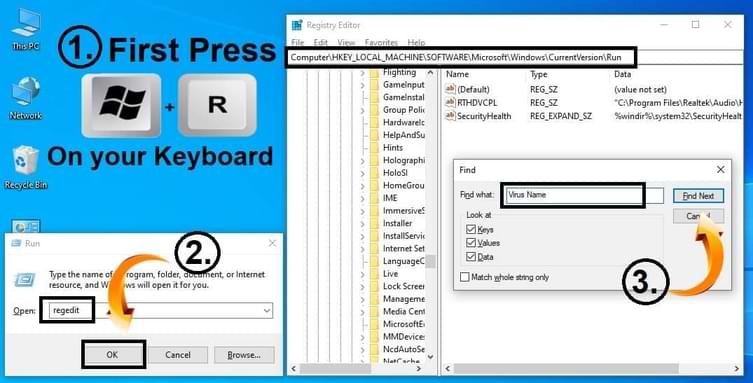
Warning: Meddling with Windows Registry files might not be a good idea if you don’t have advanced knowledge about registry files. Deleting the wrong file can break down your entire system. Proceed at your own risk, or just skip this step. You can choose the Automatic Removal method and avoid all the problems.
SpyHunter 5 Anti-Malware offers a 7-day fully-functional Free Trial. Credit card required, NO charge upfront. No charge if you cancel up to two business days before the trial period ends. Read SpyHunter 5 Review, and Free SpyHunter Remover details.
Remove Quick Workspace From Browser
Most of the time, threats like this make several changes to the browser which helps it to track victims’ online activities. They use browser hijacking capabilities to show ads, offers, alerts, and notifications or steal the personal information of the victim. It is important to completely remove the virus from the browser or it may come back. Follow the below steps to remove this infection from your browser.
Remove Quick Workspace From Google Chrome
Note: Type or copy-paste – chrome://extensions in the URL bar of Google Chrome then press the ENTER button to open the extensions page directly or follow the below steps.
- First, launch the Google Chrome browser then go to the upper right corner and click on the Menu (⋮) option.
- You will see a drop-down menu, select the More tools option and then choose the Extensions option.
- Find the malicious extensions related to the Quick Workspace virus from the Chrome extensions page and then click the trash can icon to remove them completely.
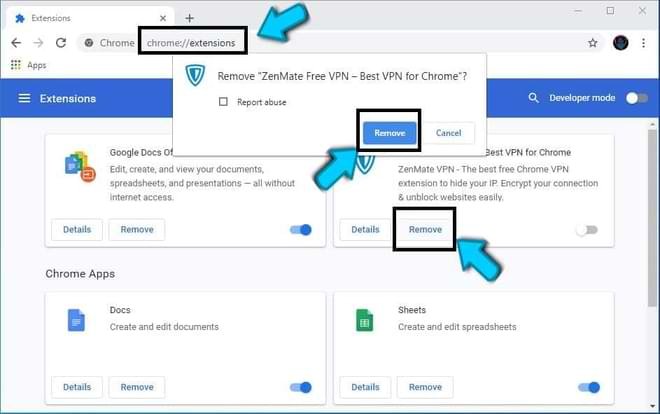
Eliminate Quick Workspace From Mozilla Firefox
Note: Type or copy-paste – about:addons in the URL bar, Firefox then hit ENTER button to open the extensions page directly or follow the below steps.
- This time launch the Mozilla Firefox browser and take your mouse to the upper right corner and click on Menu (☰) option.
- Firefox drop-down menu will appear on your screen then click on the Add-ons option.
- Choose the Extensions option from the left side menu to see the list of installed extensions on your browser.
- Look for any suspicious or unknown extensions related to the Quick Workspace virus and then uninstall them by clicking on the Remove button.
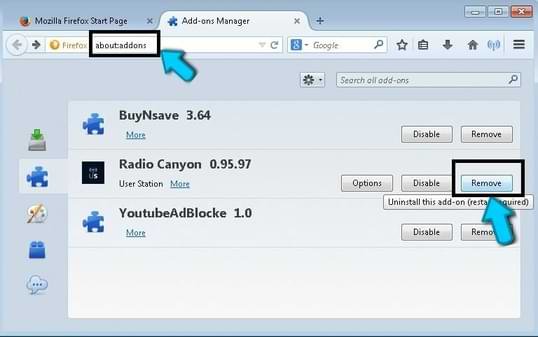
Remove Quick Workspace From Microsoft Edge
- Edge users will launch their MS Edge browser, go to the upper right corner and click on More Tools (⋮) option.
- Again to see the list of all installed extensions, click on the Extensions option from the Edge drop-down menu.
- Find the Quick Workspace or any potentially harmful extension and then click on the Uninstall button to remove it.

Remove Quick Workspace From Apple Safari
- If you use the Safari browser then launch it and click on the Safari menu then tap on the Preferences option.
- Now just click on the Extensions tab to see the list of all installed extensions on your browser.
- Find Quick Workspace or any virus related or malicious extensions then click on Uninstall button.
- Finally, again click the Uninstall button to remove the extension completely.
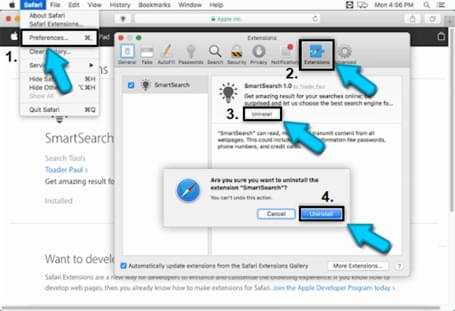
Delete Quick Workspace From Internet Explorer
- Internet Explorer users also need to click on the Menu option from the upper right corner.
- When the browser’s drop-down list appears, select the manage Add-ons option to see all installed extensions.
- If you find Quick Workspace or any unknown and malicious extensions then remove them by clicking on Disable button.

Reset Browser Setting to Default
Once you remove Quick Workspace from your browser, you might want to reset the browser to default settings to reset any changes made by the virus. Follow the below steps for that :
Google Chrome Web Browser Reset
- First, you need to open Chrome’s settings option by clicking on the Menu (⋮) from the upper right corner.
- You will find a Reset and Clean up option from the left side menu, click on it.
- Now you need to click on the Restore settings to their original defaults option from your screen.
- Finally, give your confirmation by clicking on the Reset Settings button to reset your chrome browser.

Mozilla Firefox Browser Reset
- Launch your Mozilla Firefox browser then go to the upper right corner and click on Menu (☰) option.
- A drop-down menu will appear then click on the Help option to open the Firefox help menu.
- Now click on the More troubleshooting information option.
- Press the Refresh Firefox button and when the system prompts then again give confirmation by clicking on the Refresh Firefox.
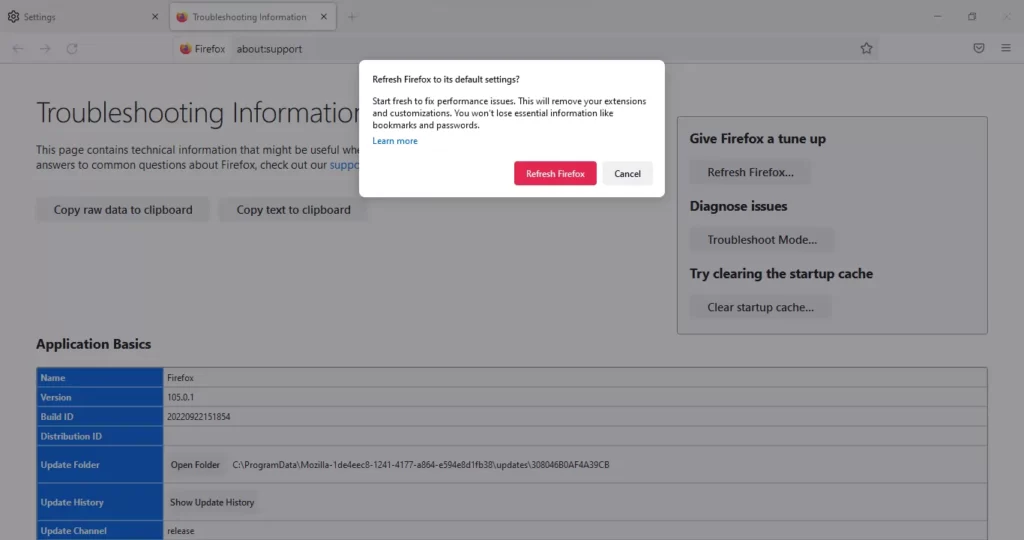
MS Edge Browser Reset
- Launch your Microsoft Edge browser then take your mouse to the upper right corner and click on More Tools (…) option.
- When the Edge drop-down menu appears, scroll down until you see the Settings option and click on it.
- Click on the Reset Settings option from the left side menu and then click on the Restore settings to their default values option.
- Finally, when the system prompts you to verify click on the Reset button.
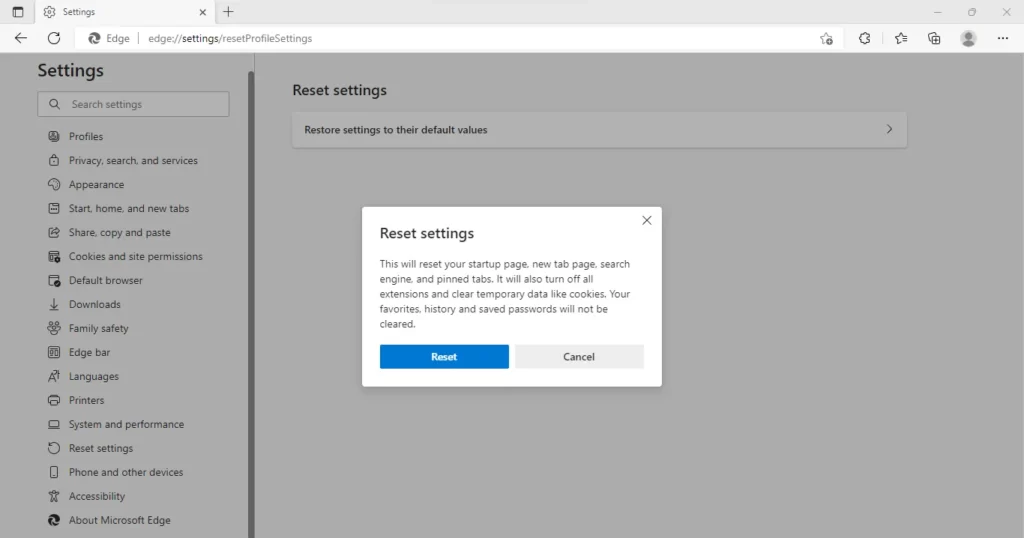
Reset Safari To Default
- Safari users need to open their browser and tap on the Safari menu then select the Reset Safari option.
- Select what you want to clear or you can simply check all the boxes and then finally click on the Reset button.

Reset Internet Explorer Browser
- To reset the Internet Explorer browser first click on the Menu icon and hit Internet options.
- Now you will need to click on the Advanced tab and then click the Reset button.
- Check the Delete personal settings option, and again hit the Reset button.
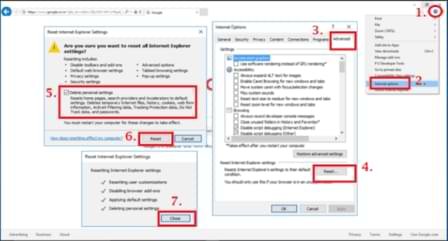
Prevent Quick Workspace in Future
- Get a powerful Anti-Malware or Anti-virus to fight cyber threats. Free versions do not offer the best protection and cracked security programs can do more damage than good.
- Always keep your Windows firewall active, and your OS updated along with other important programs. Only download updates from official sites or reliable sources.
- Check HTTPS before entering your email, password, credit card details, etc. to any site. Do not visit sites that do not have SSL security. Also, don’t forget to Enable Phishing and Malware protection in Browser.
- Do not download or install any type of pirated software, games, or illegal patches. Avoid using shady sites to acquire freeware programs because they often use software bundling. Never install a program that asks you to inactivate your anti-virus software.
- Avoid opening spam emails from unknown senders. Always scan all the email attachments before opening them. Never click on any suspicious links with some too good to be true offers.
- Connecting your PC or mobile devices to unsafe public Wi-Fi is not a good idea. You can also avoid unwanted threats coming from malicious sites by using a VPN to spoof your connection.
- Keep regular backups of all your important data on external hard drives or cloud drives to avoid data loss in case of a ransomware attack. Also, create a system restore point on your system for security purposes.

Leave a Comment